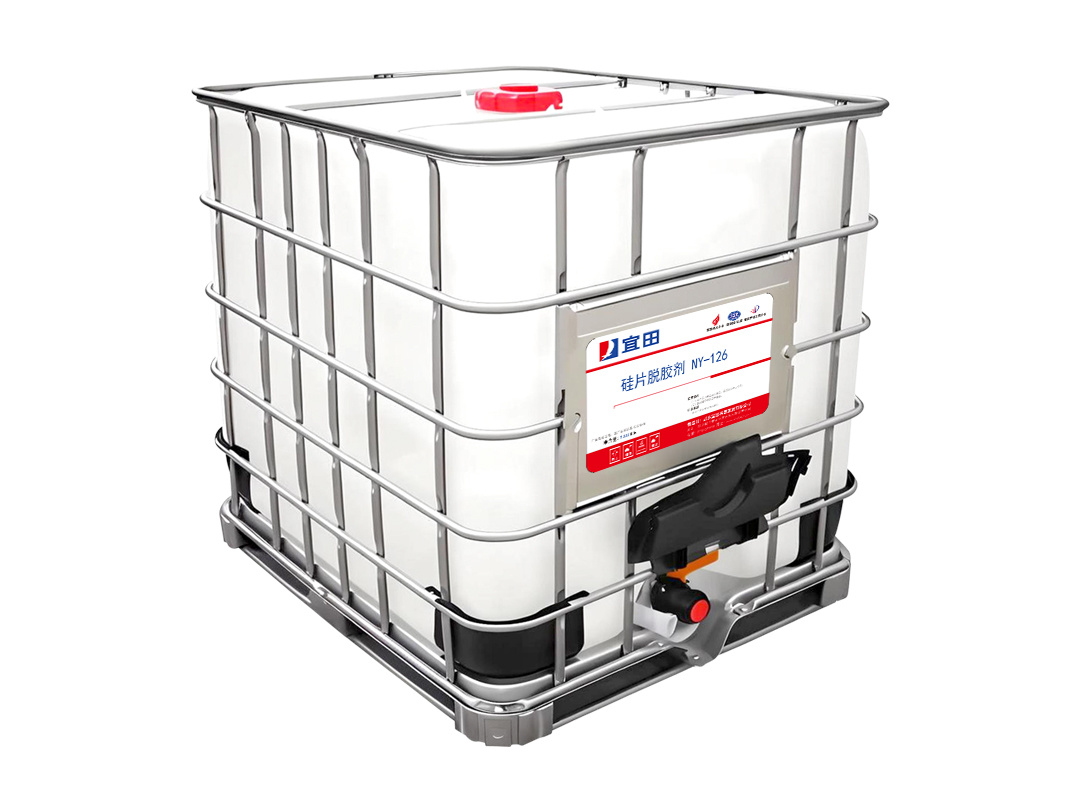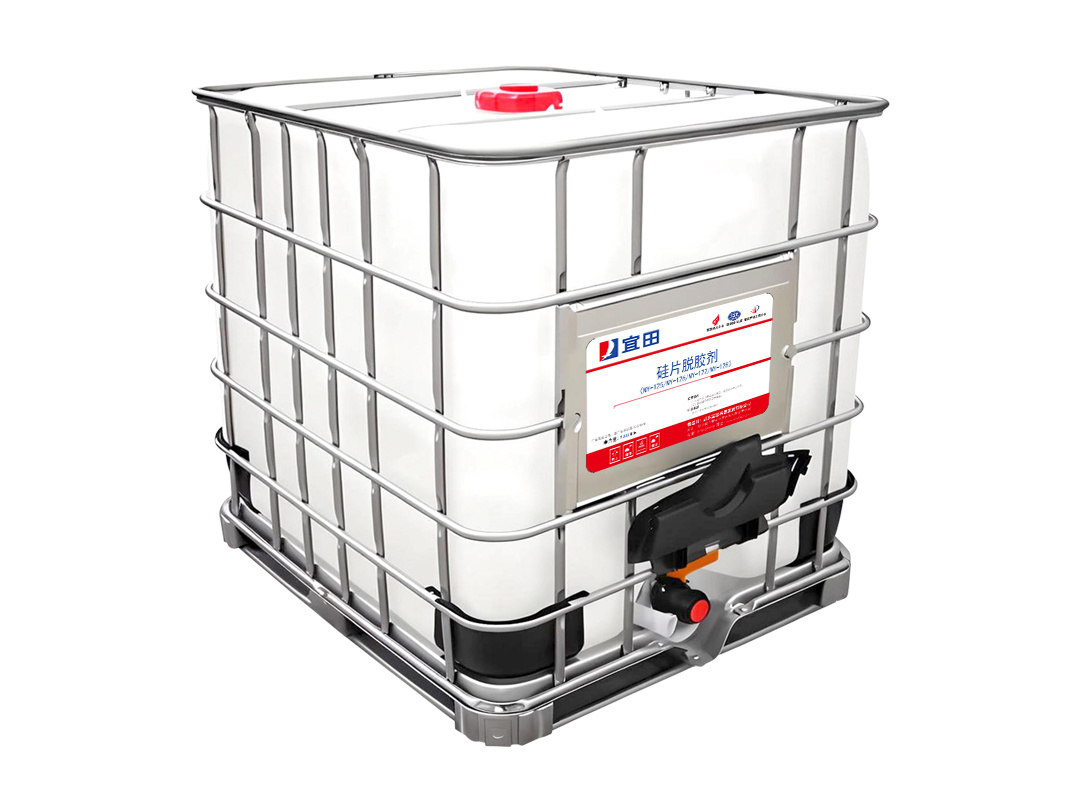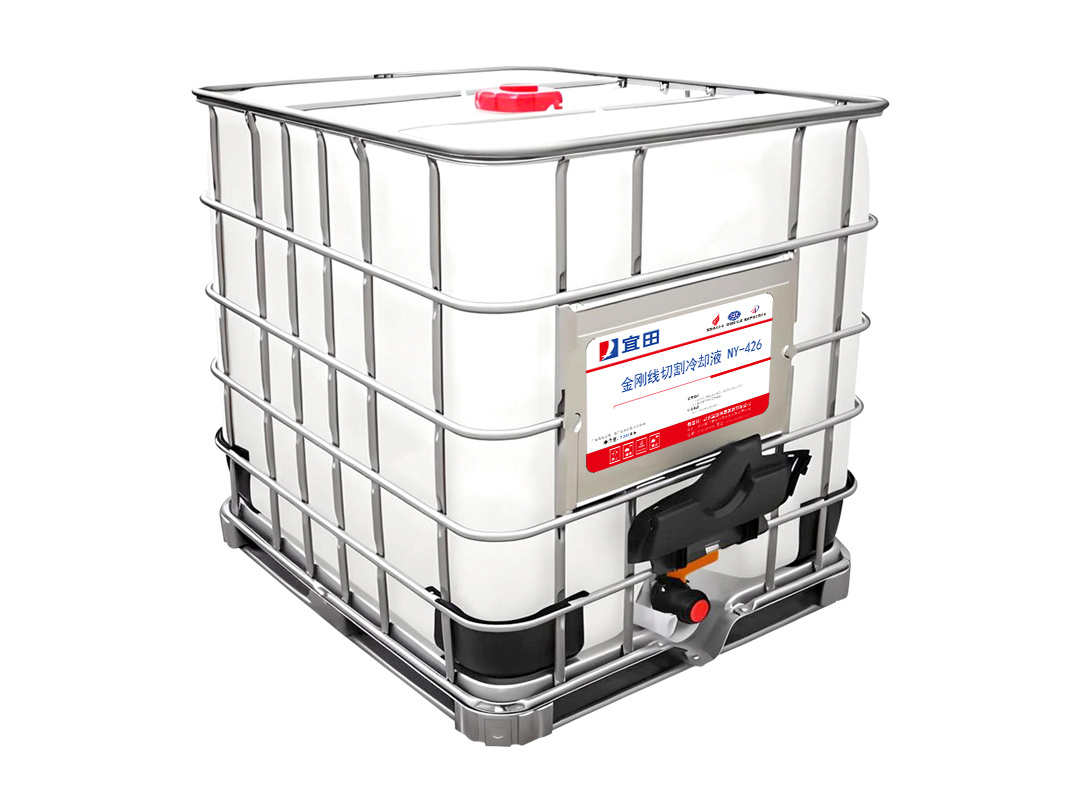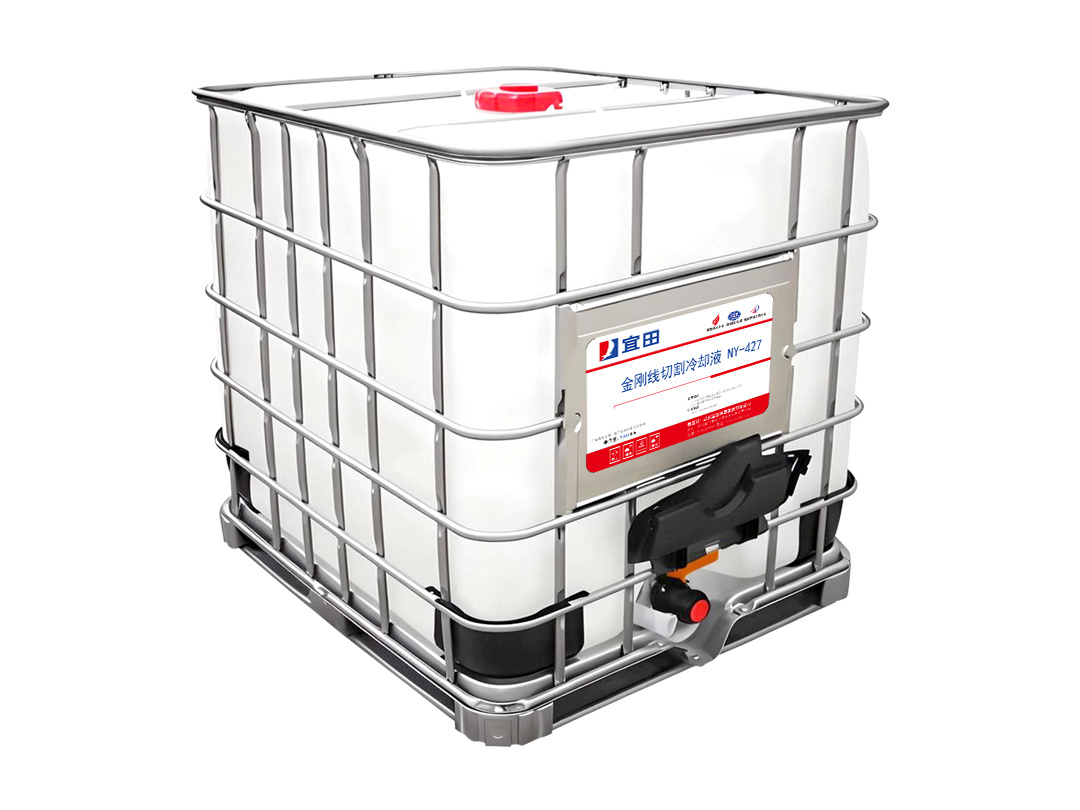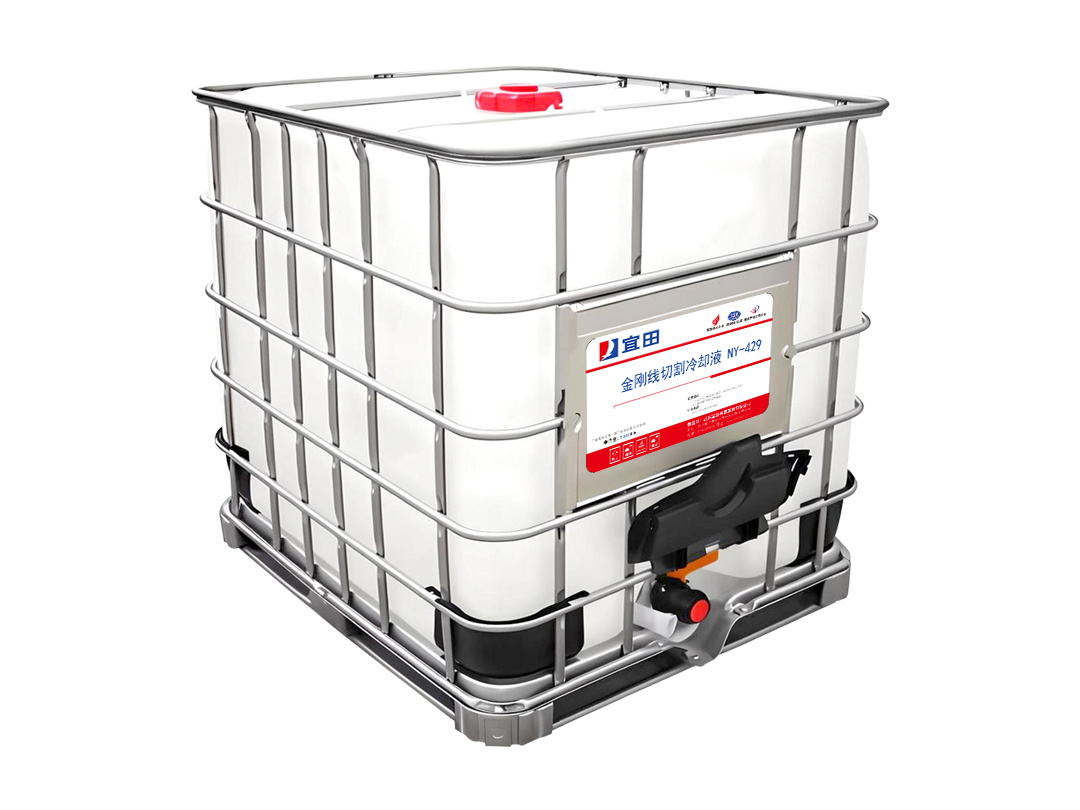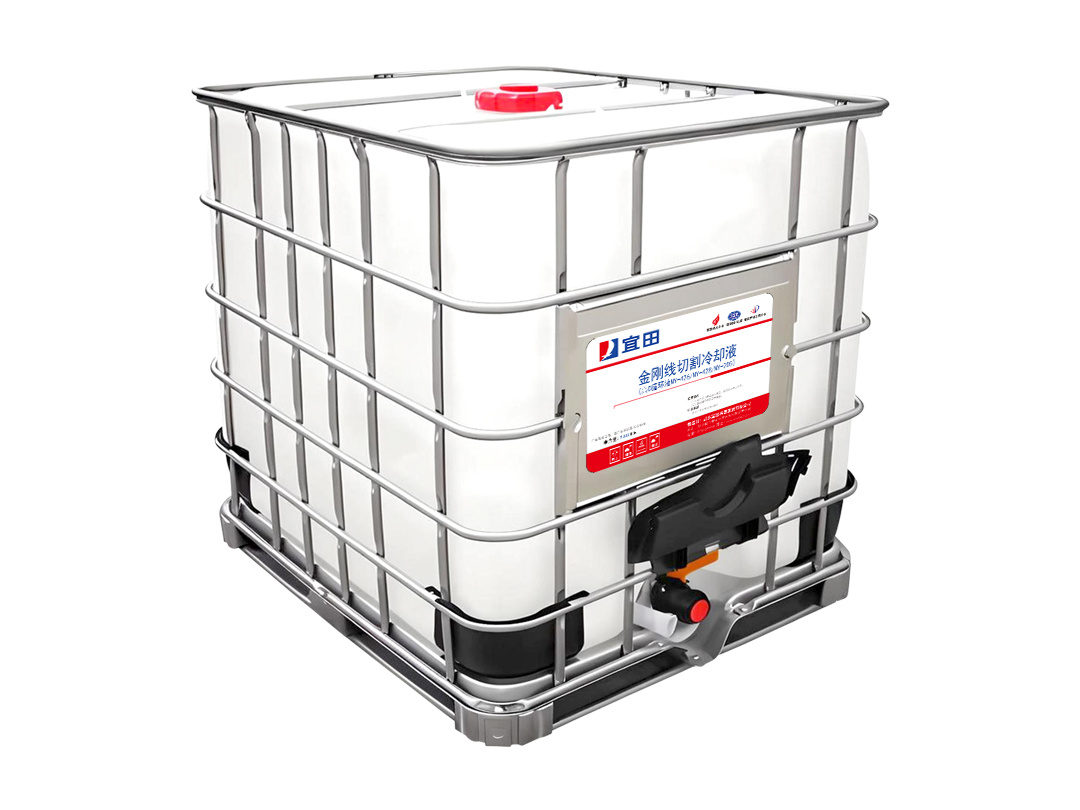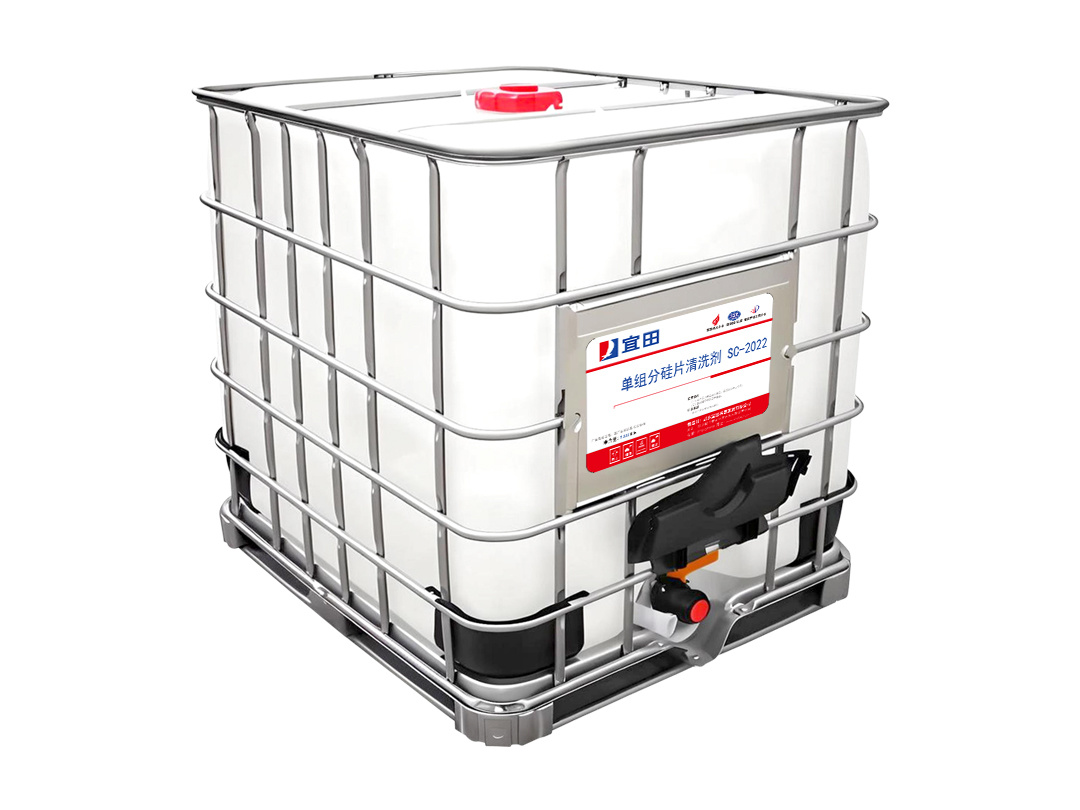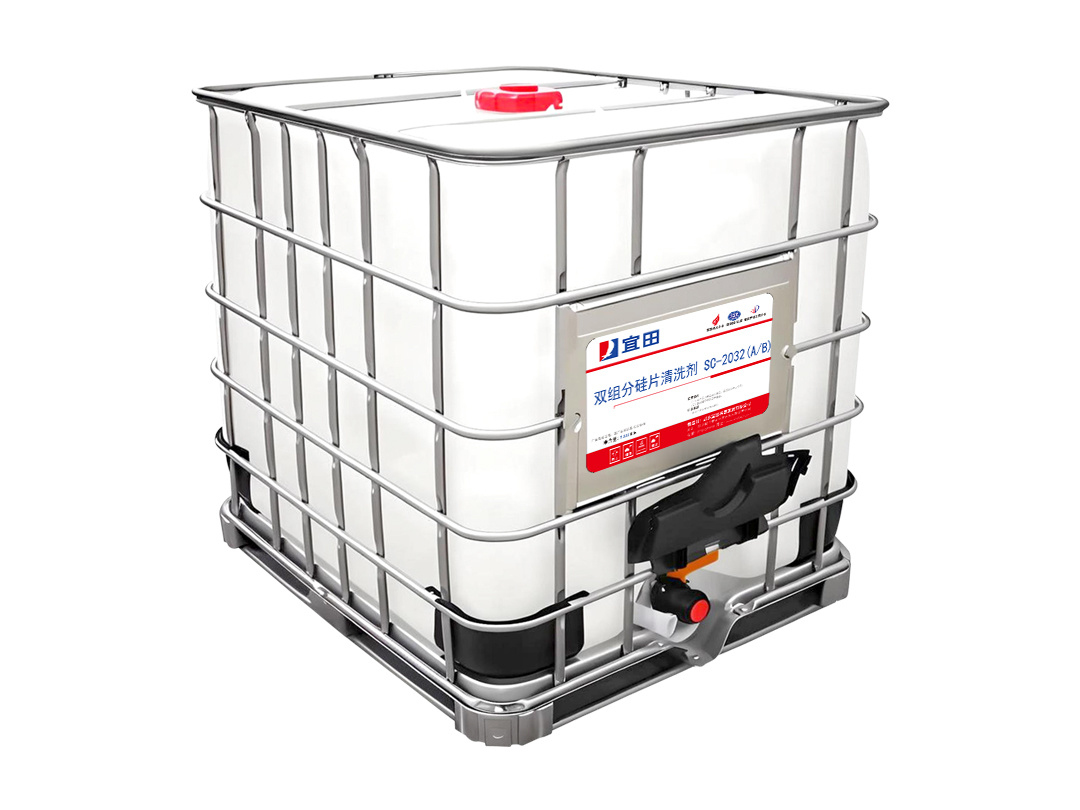
Defoamer (V408)
Classification:
Product Details
Performance and Applications
In the production of wet phosphoric acid, the carbonates, organic matter, and fluorine-containing compounds contained in phosphate rock will release a large amount of CO2 gas and HF gas when reacting with acid. These gases will mix with sludge and overflow from the viscous reaction liquid. A stable foam layer forms on the liquid surface, making it difficult to eliminate mechanically. This foam not only affects the dispersion of phosphate rock and the acidolysis reaction but also hinders the evaporation of moisture and the removal of heat during the reaction process, causing the reaction temperature in the extraction tank to rise. In severe cases, foam can be carried to the tail suction system or even overflow the tank, resulting in the loss of P2O3 and environmental pollution.
The V408 series defoamer developed by our company has good acid resistance and thermal stability, with a short defoaming time and strong foam suppression ability. It is suitable for defoaming in the production of wet phosphoric acid and phosphorus-containing compound fertilizers, with a recommended addition amount of 0.02 to 1.0% of the P2O3 content of the phosphate rock powder (the P2O3 content is generally used to evaluate the grade of phosphate rock). The recommended addition amount for defoaming in other mineral acidolysis processes is the same as that for wet phosphoric acid.
Quality Indicators
|
|
V408 |
V408B |
V408C |
| Appearance |
Brown oily liquid |
Brown-yellow oily liquid |
Light yellow or milky white liquid |
| Density (g/cm3, 25℃) |
0.7~0.9 |
0.7~0.9 |
>0.9 |
| Flash Point (Closed Cup, ℃) |
>100 |
>120 |
>100 |
| Defoaming Rate |
>70% |
>85% |
>70% |
Usage Instructions
Use a pump to continuously add the V408 defoamer to the foaming system. To better suppress foam generation, a certain amount of defoamer can also be added before the system starts foaming. This product belongs to a thermodynamically unstable system, and prolonged standing may cause slight stratification, which is a normal phenomenon. It is recommended that users mix and stir before use.
Packaging and Storage
◎25kg/30kg plastic drum packaging or according to user requirements
◎Store this product in a ventilated, dry, and cool place.
◎The shelf life is ten months.
Keyword:
Phosphate compound fertilizer auxiliaries
reaction
defoaming
Related Product
Related R & D Team

 Official WeChat
Official WeChat

